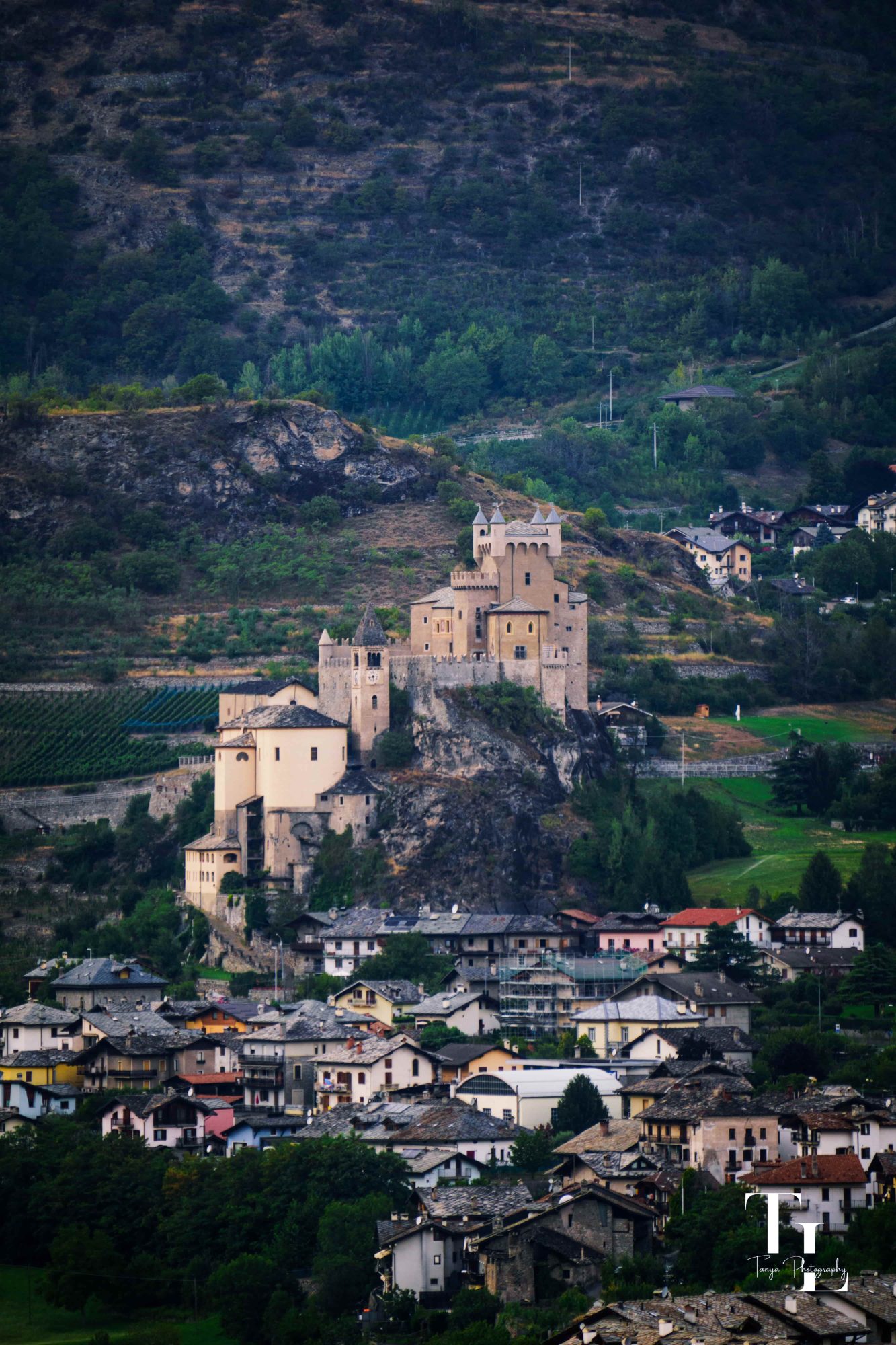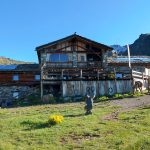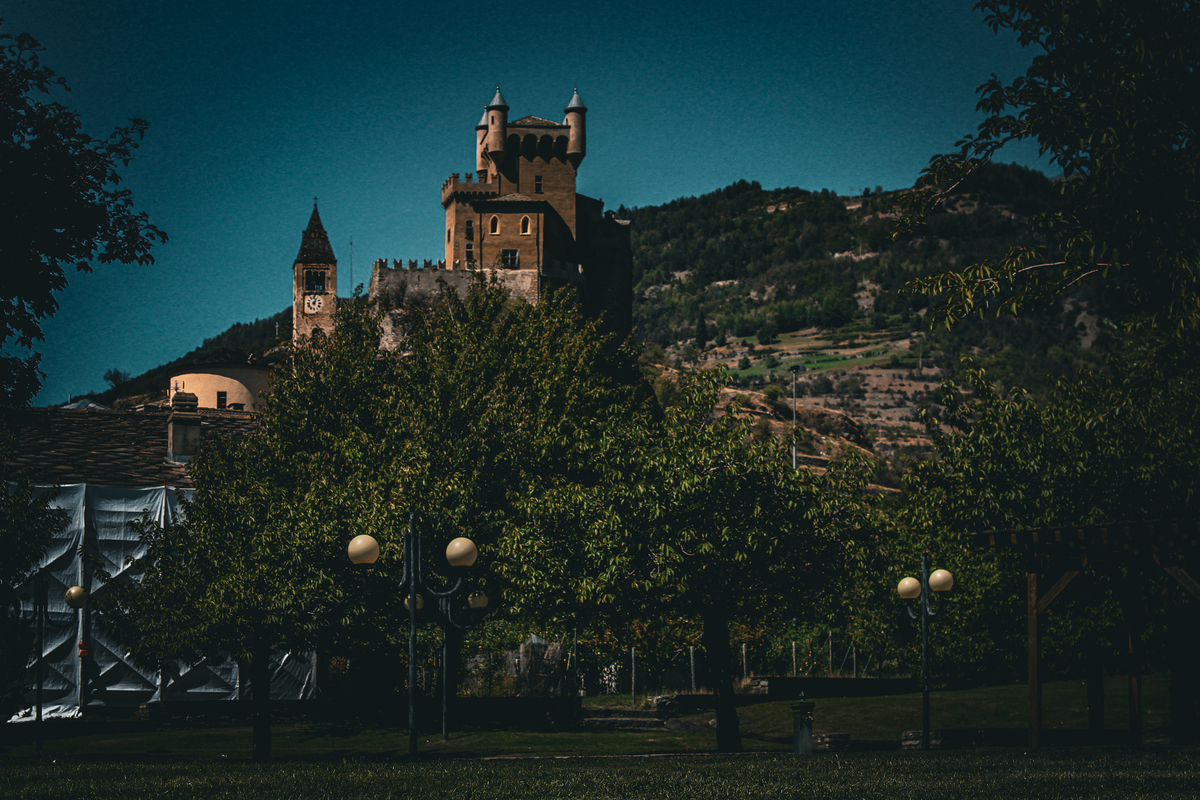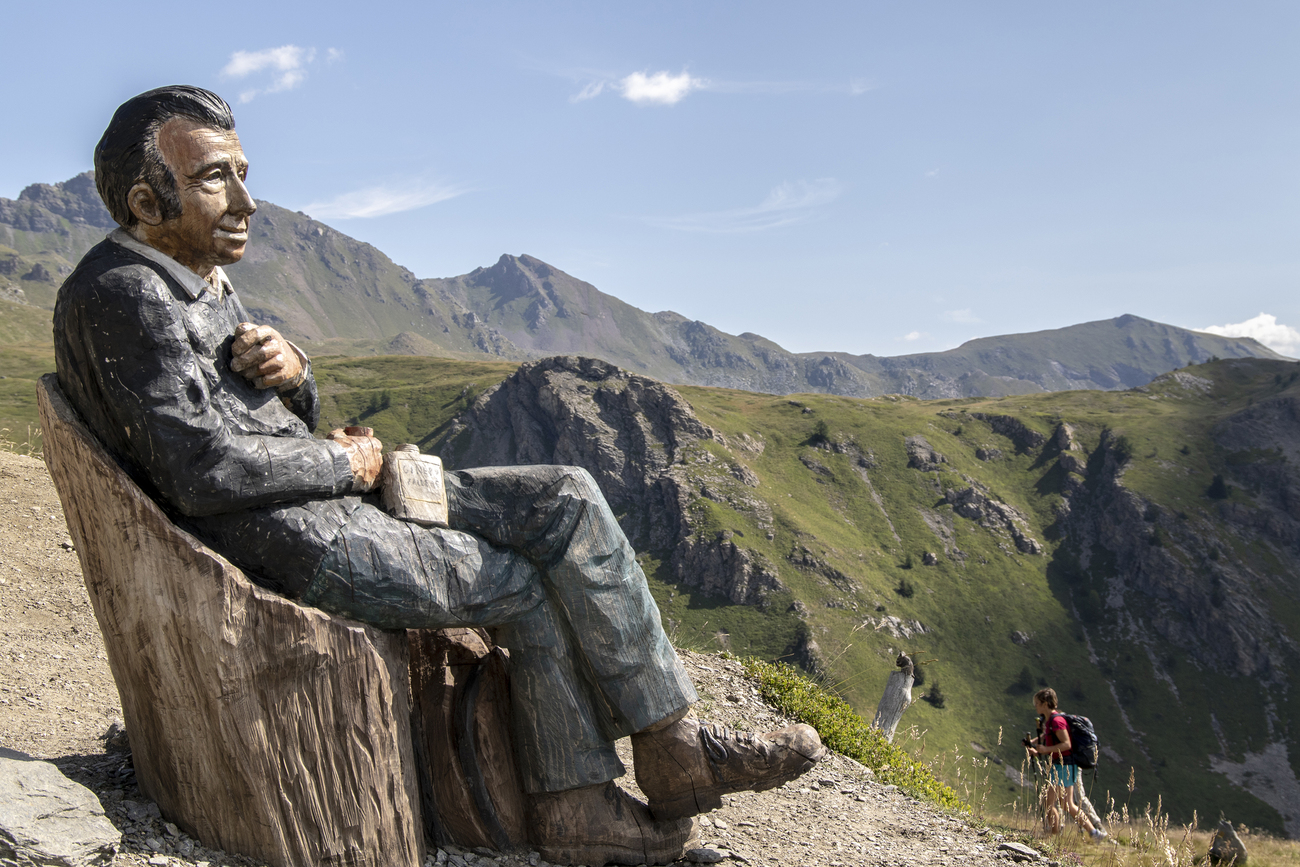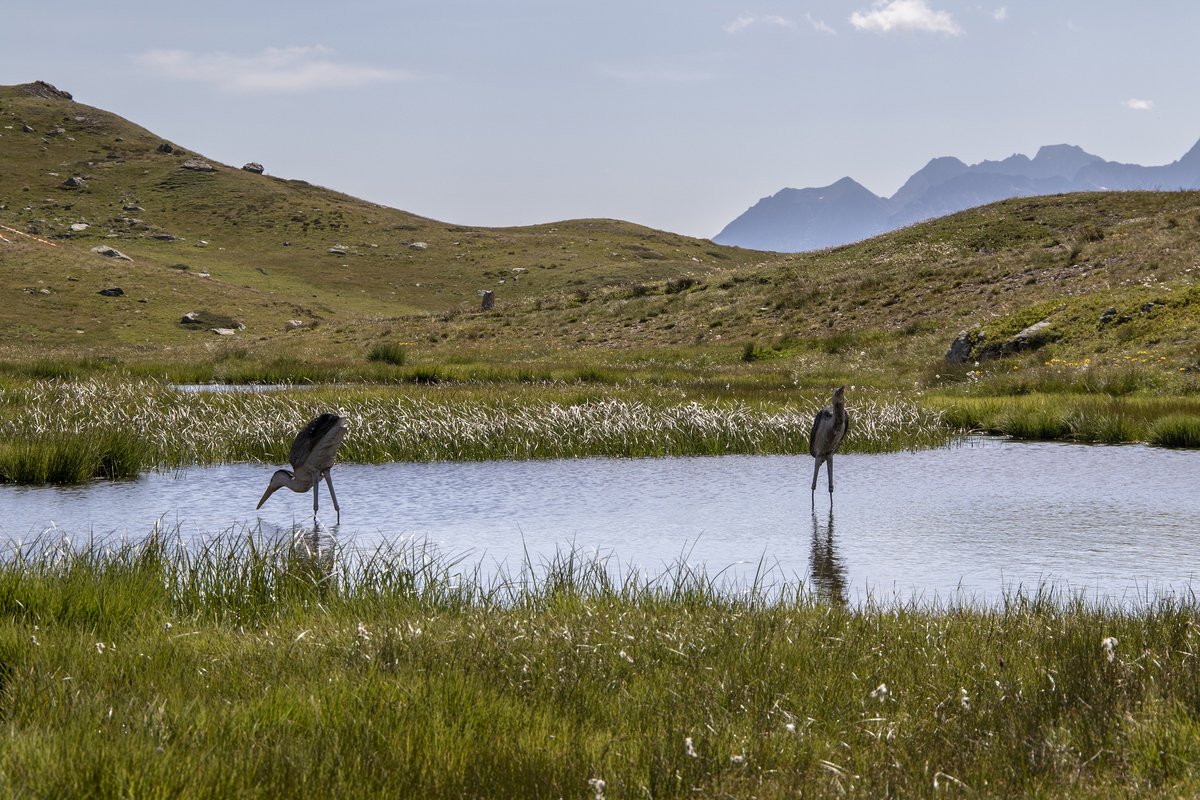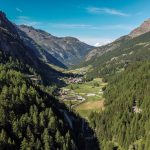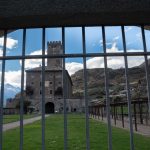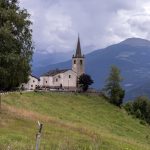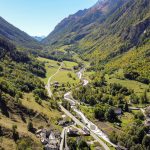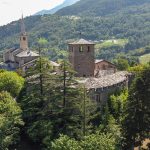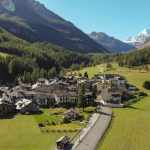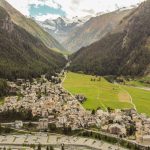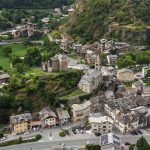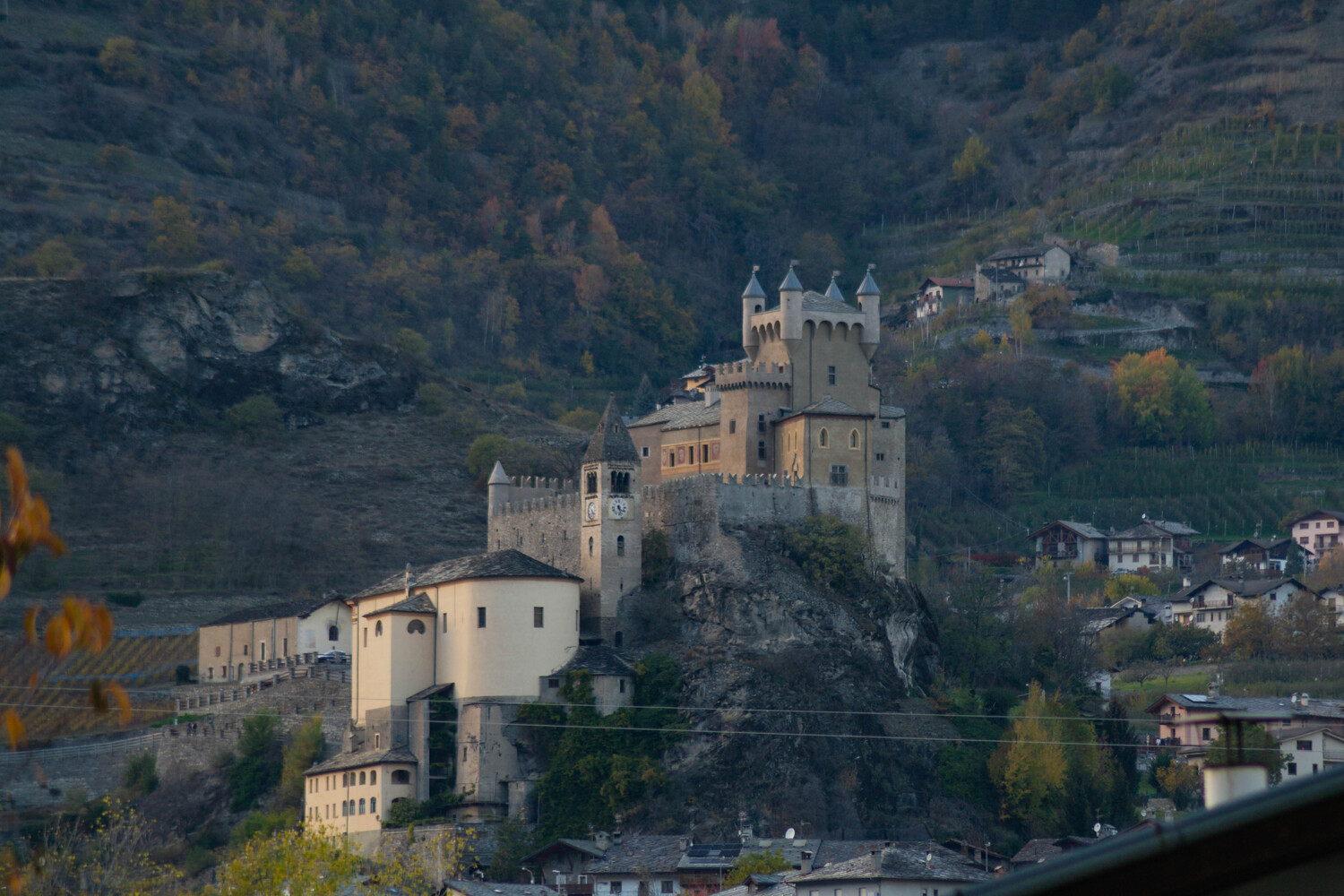
Unité des Communes Grand-Paradis Saint-Pierre
Among medieval castles and colorful apple orchards
Saint-Pierre: An Enchanting Commune in the Aosta Valley Discover Saint-Pierre, a picturesque commune in the Aosta Valley located at 731 meters above sea level, famous for its fairy-tale castle and historical and natural wealth.
Introduction Saint-Pierre, located on the orographic left side of the Dora Baltea River 22 km from Aosta, offers a fairy-tale panorama, thanks to its famous castle that dominates the promontory and lights up suggestively even at night.
History and Culture Saint-Pierre is known for its castle, one of the symbols of the Aosta Valley and home to the Aosta Valley Regional Museum of Natural Sciences.
The municipality is also enriched by the Sarriod de la Tour castle, another important historical monument.
Religious heritage includes the parish church of Saints Peter and Paul and several historic chapels.
Nature and Sports The territory of Saint-Pierre, with its ideal location near the Dora Baltea, offers numerous opportunities for nature and sports lovers.
These include nature walks, hiking and mountain biking trails.
The area is also famous for agricultural production, particularly for its high quality rennet apples and grapes.
Festivals and Traditions Saint-Pierre celebrates several traditional festivals, including the patronal festivals of Saint-Eustache et Saint-Maurice in September, which enliven the municipality with processions and traditional music.
For the Little Ones For families with children, Saint-Pierre offers several play areas and recreational activities, such as the indoor/outdoor pool at Arensod, ideal for the little ones.
Saint-Pierre is an ideal destination for those seeking a mix of history, culture, nature and outdoor activities in a picturesque and welcoming environment.
Unique for all history lovers, suggested for those who want to see something the city environment does not usually offer.



Saint-Pierre The History
Some history.
Although the historical reconstruction going back as far as before Christ was complex, many scholars agree that present-day Saint-Pierre gave birth as early as 3000 B.C. to one of the first villages in the Aosta Valley.
If we continue forward in time we have much more news.
In fact, Saint Pierre held considerable importance in Roman times during which Saint Pierre was the center of the road of pre-Roman origin called Route des Salasses, which connected the territory of Gignod with that of the 'Alta Valle.
Even today it is still possible to walk on the ancient scenic route, repurposed in the 1970s, which crosses the hill of Aosta and reaches as far as Avise.
However, it is the medieval traces that left an indelible mark.
The emblems of this period are undoubtedly the two castles, which have become the symbol of the village as well as custodians of the memory of the two noble families, the Sancto Petro and the Sarriod de la Tour, who ruled the entire locality throughout the Middle Ages.
The two families ruled two different areas.
The Sarriod De la Tour family obtained from the Savoys the lower part of Saint-Pierre, west of the village, where they extended their power over the community of Saint-Pierre La Tour.
In contrast, the Sancto Petro family, which belonged to the local nobility had jurisdiction over the upper part of the village, the part called Saint-Pierre of Châtel-Argent north of the main road, in the territory dominated today by the original and imposing castle perched on the church.
At the end of the 18th century the two separate administrations were united into a single municipality without the rule of the noble families who, due to a strong tax regime, had caused hardship and poverty in Saint Pierre.
It was in fact because of this condition that many members of the community emigrated mainly to France, ushering in a process that in alternating stages continued until the years following the fall of the fascist regime.
During the twenty-year period, the municipalities of Saint Pierre and Villeneuve were merged into the Italianized administration of Villanova Baltea, which ceased to exist at the fall of the regime after which the two towns regained their autonomy, assuming their current territorial characteristics.
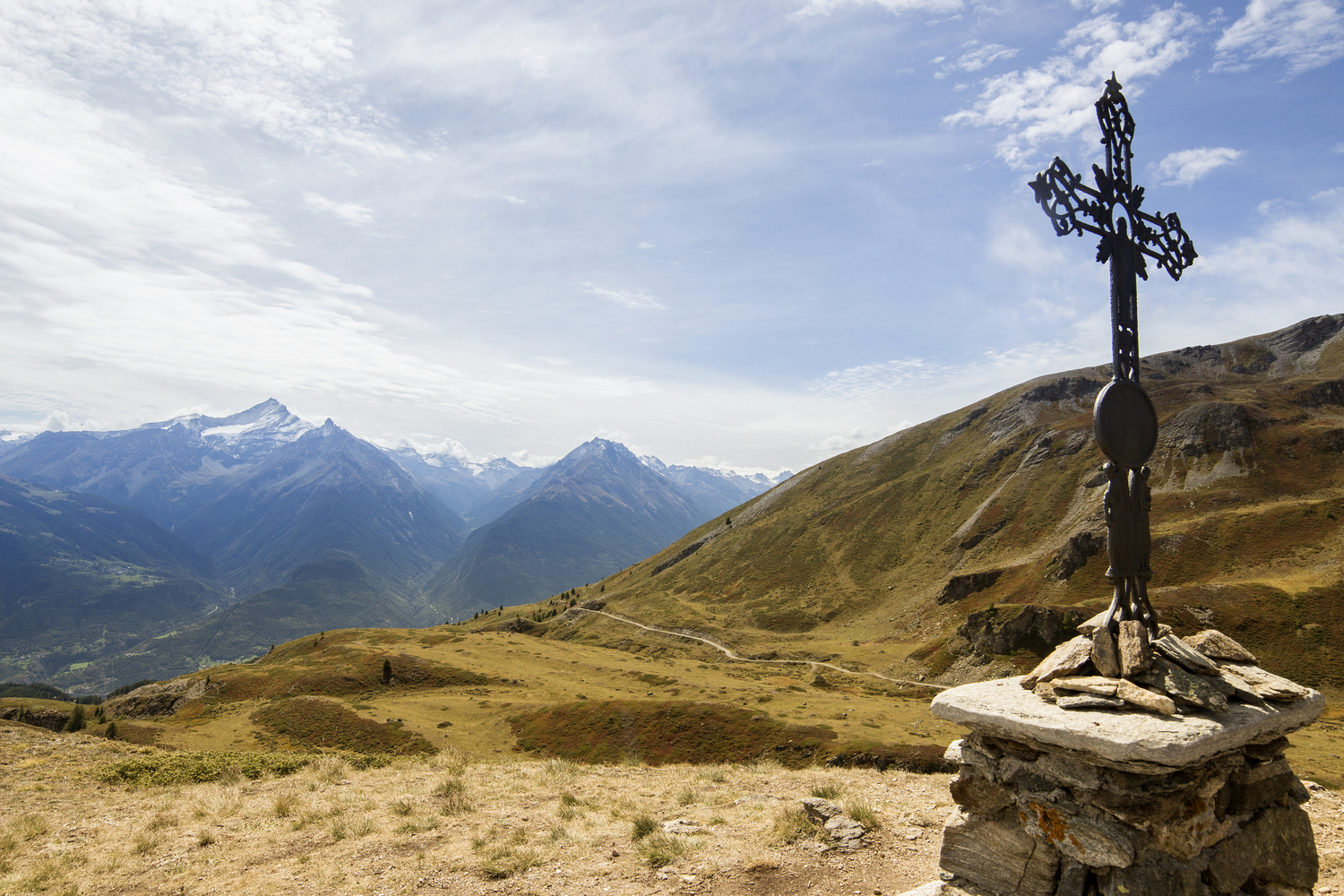
Whato do in Saint-Pierre
What to do in Saint-Pierre
Far from the big tourist flows and surrounded by lush vineyards and orchards, the village offers enchanting views that are absolutely not to be missed.
For those who love walking and hiking and biking, long trails unravel, such as the one leading to the Mont Fallère refuge, the “open-air museum” at an altitude of 2380 m!
For lovers of history and medieval architecture, the village opens up visits to no less than two castles, Saint Pierre Castle and Sarriod-de-la-Tour Castle.
Saint Pierre is definitely a destination worth discovering, especially for lovers of small villages full of history!
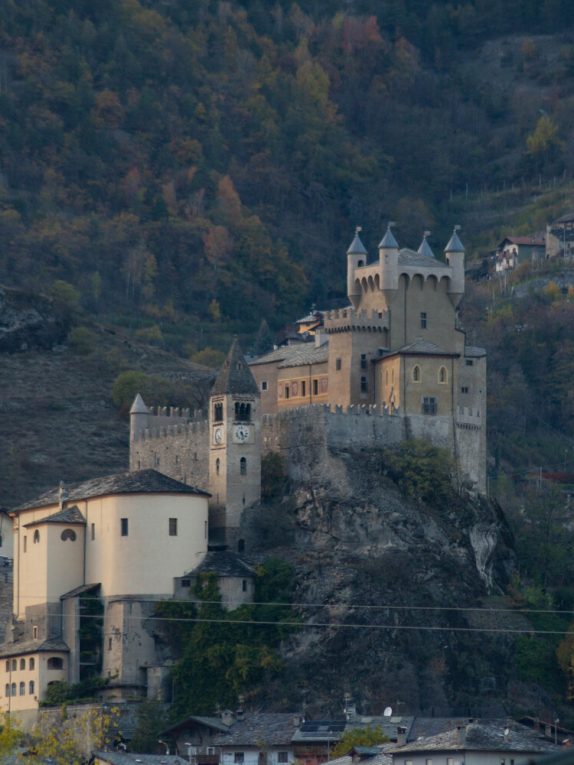
Saint-Pierre December 16, 2025

 4°/4°
4°/4°
 3°/3°
3°/3°
 3°/3°
3°/3°
 3°/3°
3°/3°
 3°/3°
3°/3°

Saint-Pierre Castle – Museum of Natural Sciences
Museo regionale di scienze naturali Efisio Noussan - Castello di Saint-Pierre, Località Tache, Saint-Pierre, AO, Italia

Sarriod de la Tour Castle
Castello Sarriod de La Tour, Via del Piccolo San Bernardo, Saint-Pierre, AO, Italia

